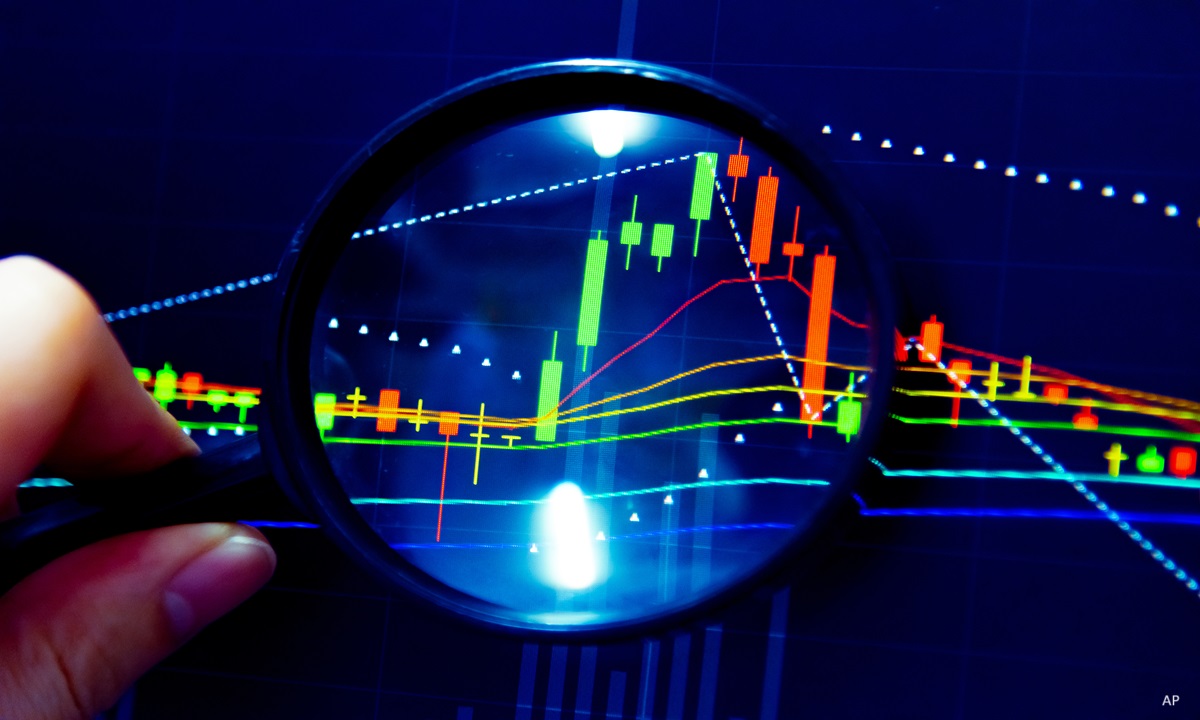The Morningstar Economic Moat Rating represents a company's sustainable competitive advantage. A company with an economic moat can fend off competition and earn high returns on capital for many years to come.
Morningstar has identified five sources of moat. Switching costs are those obstacles that keep customers from changing from one product to another. The network effect occurs when the value of a good or service increases for both new and existing users as more people use that good or service. Intangible assets are things such as patents, government licenses, and brand identity that keep competitors at bay. A company with a cost advantage can produce goods or services at a lower cost, allowing them to undercut their competitors or achieve higher profitability. Efficient scale benefits companies operating in a market that only supports one or a few competitors, limiting rivalry.
A company whose competitive advantages we expect to last more than 20 years has a wide moat; one that can fend off their rivals for 10 years has a narrow moat; while a firm with either no advantage or one that we think will quickly dissipate has no moat.
The Morningstar Economic Moat Rating can help you uncover companies that will provide superior long-term returns.








:quality(80)/cloudfront-us-east-1.images.arcpublishing.com/morningstar/54RIEB5NTVG73FNGCTH6TGQMWU.png)







